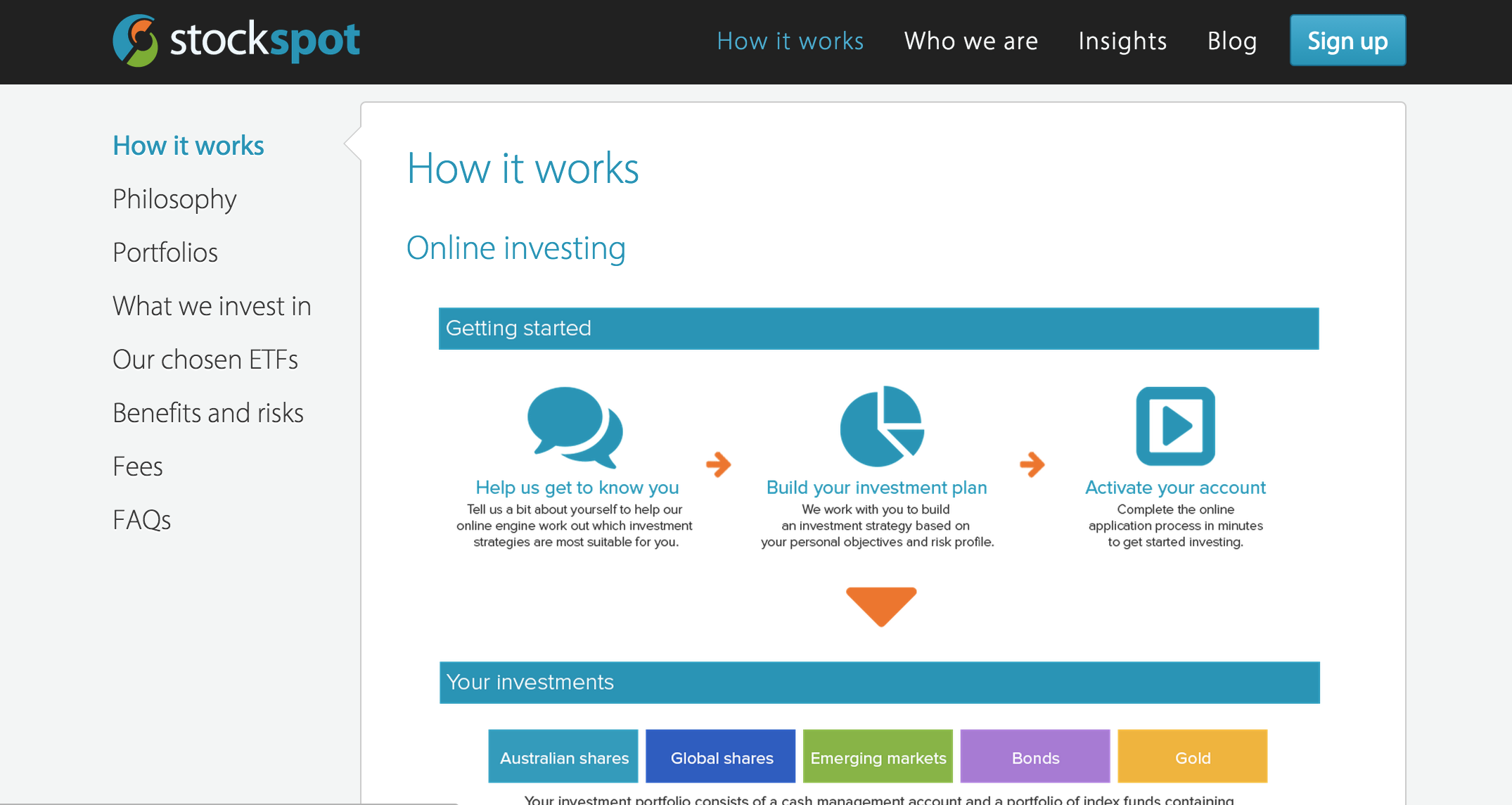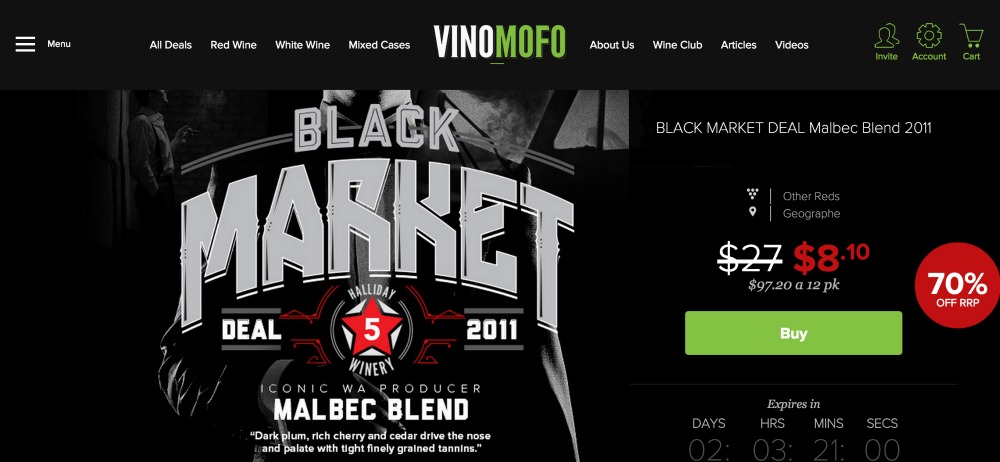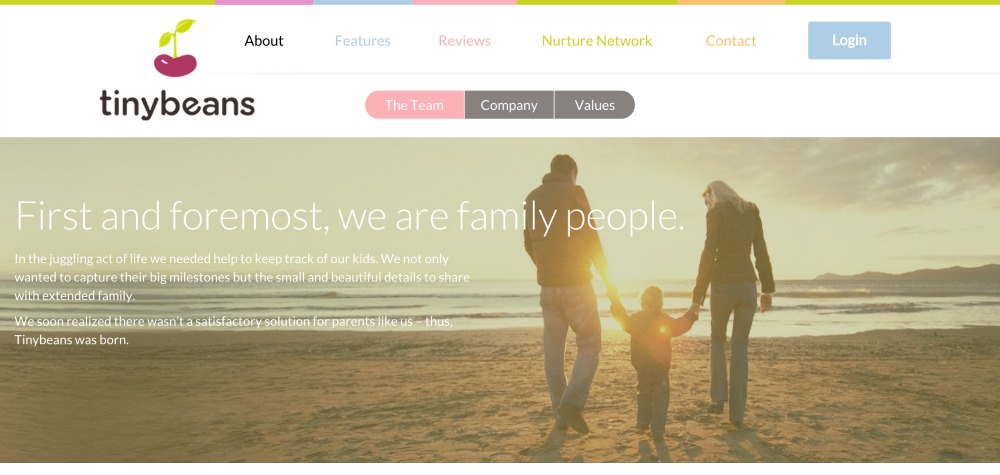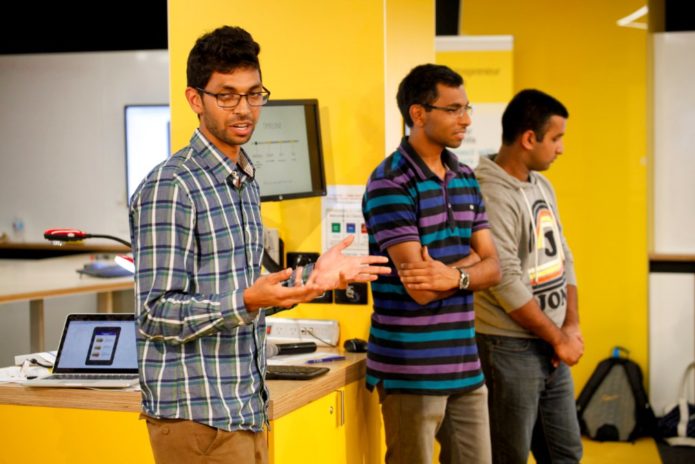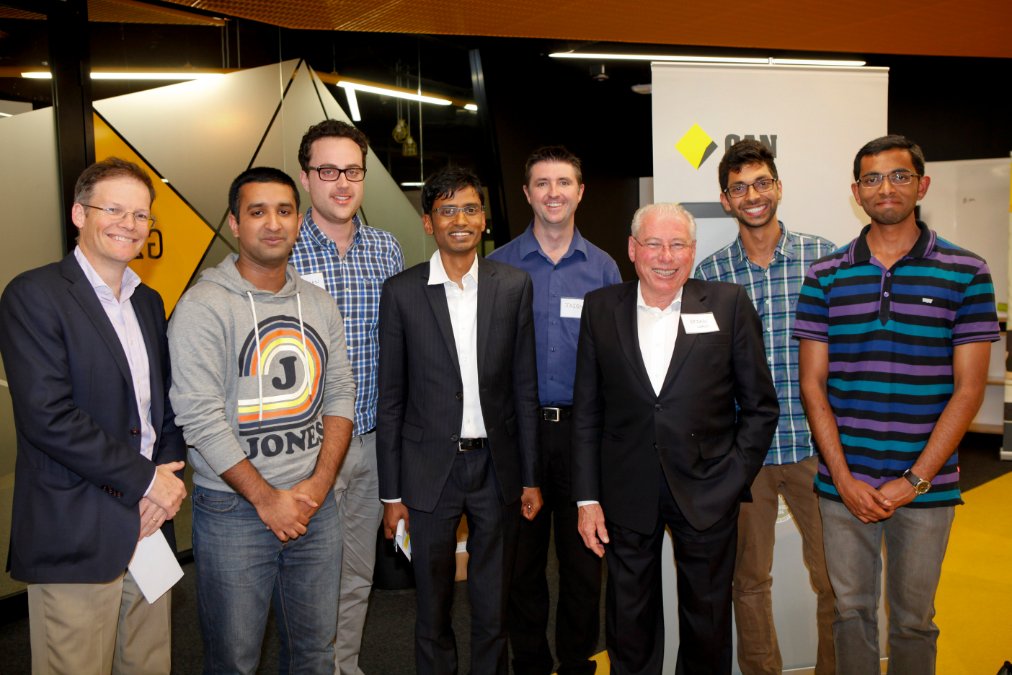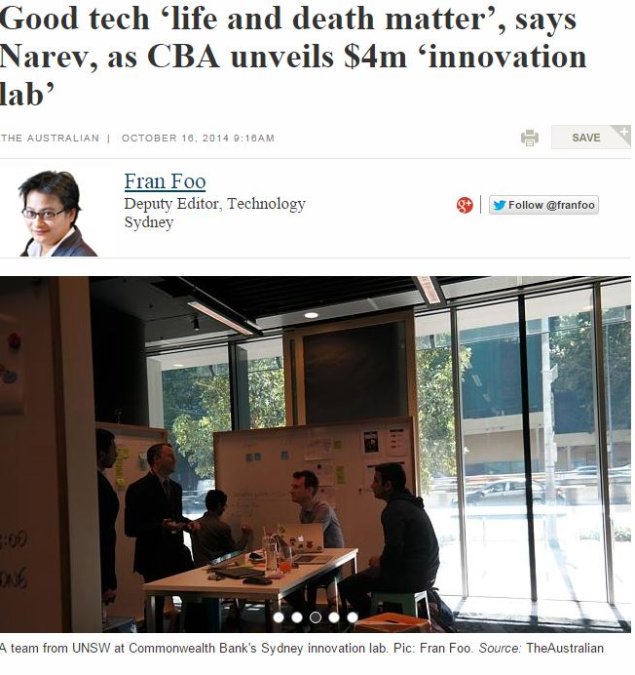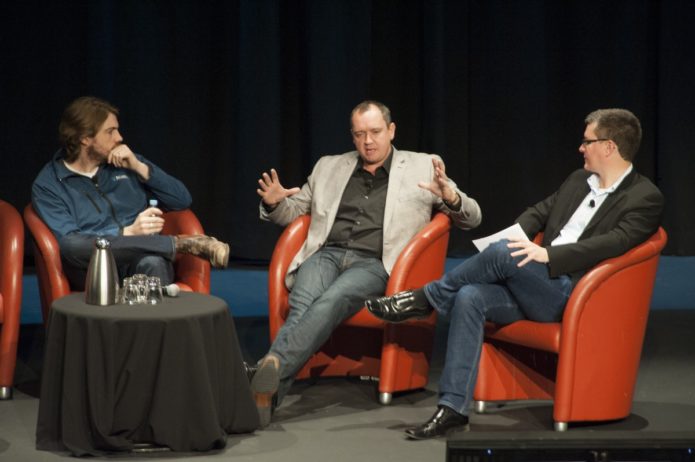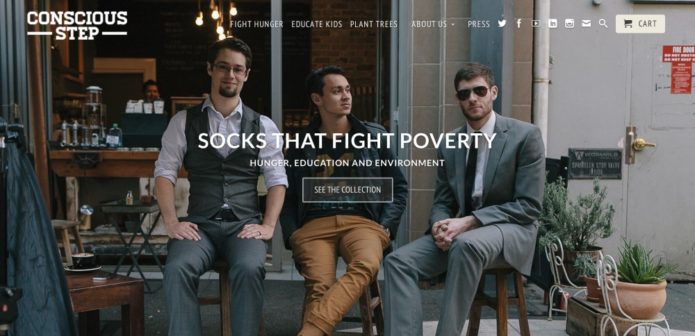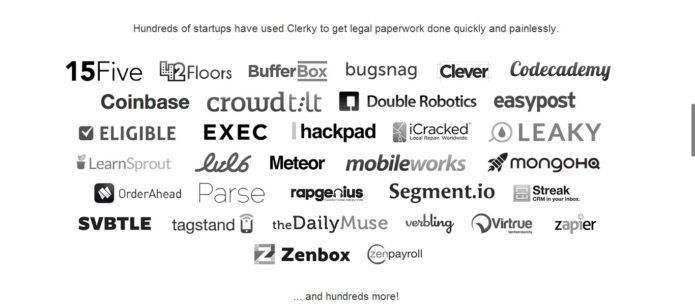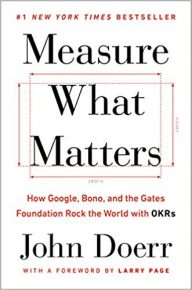There has been a lot of buzz around “social entrepreneurship” and social startups over the last few years and with it a lot of confusion over what a “social startup” actually is. Whilst some camps define social startups as not dissimilar to a charity or NPO, others dismiss them as businesses using a social cause for pure marketing and differentiation purposes.
Among the 215 or so student entrepreneurs and startups coming out of UNSW in the last few years we have had an impressive batch of social entrepreneurs with varying takes on social entrepreneurship, interesting social impact strategies and with impressive degrees of success.
FoodBank Local is a food aid logistics software company run by current UNSW Computer Science student, Brad Lorge.

Foodbank Local
Chuffed is a crowdfunding platform for social causes run by UNSW Biomedical Engineering alumni, Prashan Paramanathan.
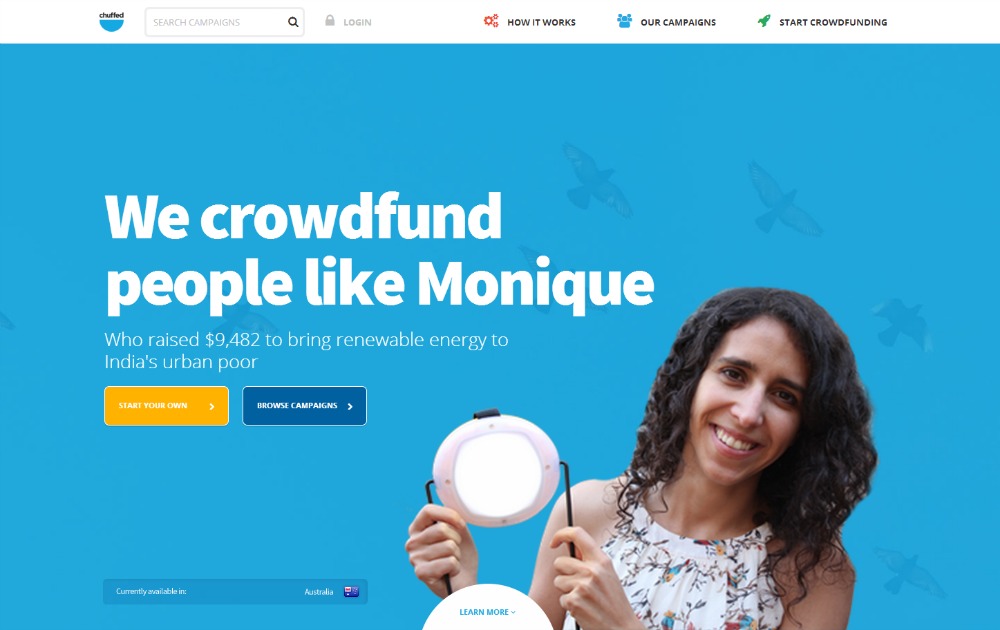
Chuffed Crowdfunding for Charity & Social Causes
Conscious Step is an e-commerce platform aligned with UN causes headed up by UNSW Medical PhD graduate Hassan Ahmad and UNSW Business School Finance major, Prashant Mehta (on exchange student from the US).
NewSouth Innovations has had the pleasure of working with both Brad and Prashant via the Student Entrepreneur Development program and more recently with Prashan who is looking to pull together a UNSW social entrepreneur community.
To dig deeper into how and why social startups like these work and what makes a social entrepreneur tick, I asked these co-founders 5 questions regarding perceptions, motivations, challenges, success and future plans.
ED: I saw Hassan pitch at the original Startup Games 18 months ago and thought the guy could sell Ice to Eskimos, very talented at getting his message across and convincing people to get involved, I have also worked with Brad and from the early days found him organising events, arranging competitions, getting sponsorships from companies to support the University Clubs he is involved with, it wasn’t a surprise to me to see his team win.
1. What is your definition of “social entrepreneurship / social startups”
Brad Lorge, FoodBank Local:
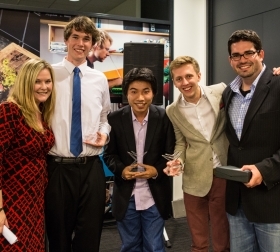
The UNSW Imagine Cup Team – Brad Lorge on the right
I see it as redefining profit to include something important to both the entrepreneurs and other members of the community. I think the best social startups have their impact and core business directly aligned.
Prashan Paramanathan, Chuffed:

Prashan Paramanathan – Chuffed
There seems to be a whole industry of people who spend time trying to come up with a definition for ‘social enterprise’ – I’m hesitant to add to the muddle. Generally what I find is that there are two types of organisations that call themselves social enterprises:
1. Businesses that have a social purpose embedded into their actual trading activity (most commonly commercial businesses that employ some category of disadvantaged people or businesses that service the not-for-profit sector); and
2. Businesses that redistribute (a portion of) their profit to social causes (eg. charity water, who gives a crap, tom’s shoes)
Prashant Mehta, Conscious Step
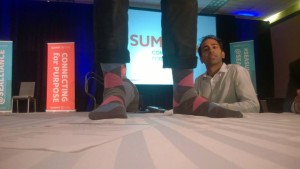
Prashant Mehta – Conscious Step
Social Entrepreneurship allows for a company to have a primary mission or focus on giving back or making the world a better place, while leveraging the advantages of being a for-profit company. Allowing advantages for developing better products, paying for better employees, and having additional funds to test and develop stronger and more unique marketing campaigns.

2. What motivates you as a social entrepreneur
Brad Lorge, FoodBank Local:
The same things that motivate me as a social entrepreneur motivate me as an engineer – we want to build something that has an impact for others. We want to make a contribution to our profession.
Prashan Paramanathan, Chuffed:
Tech in the non-profit sector is very often done very badly. Much of this is due to non-profits deprioritising tech spending, but it’s also due to a lack of tailoring of products to the sector. Most often people assume that giving non-profits a free version of the software design for commercial customers will lead to a good outcome – it very rarely does. The sector needs products designed for the sector, by people who understand the sector – and understand tech. That’s where I want to play.
Prashant Mehta, Conscious Step:
Motivation comes from delivering a better product than anything available in today’s market, while creating awareness for the changes I’d like to see in the world. In the case of Conscious Step, providing people with fun solutions for the problems that affect our day to day lives.
3. What are some of the challenges and misconceptions for social entrepreneurs?
Brad Lorge, FoodBank Local:
Identity crisis is a challenge, and knowing the difference between good and bad ideas and practice. A misconception is that you need to give up on growth of investment because a social startup has a social objective. Social startups with the right business acumen grow faster, have stronger support and break through barriers better than any other.
Prashan Paramanathan, Chuffed:
The two that I worry about are:
1. Social entrepreneurs not focusing enough attention on whether there’s a commercially-viable business case behind their venture. There’s not enough focus on delivering a great product or service for your customer, which manifests in several ways including: directly copying businesses from the commercial sector and assuming they’ll work for the non-profit sector; focusing too much on servicing a beneficiary, instead of a customer; or assuming that being a ‘social enterprise’ gives them slack in the market on delivering an excellent product.
2. As a social sector, we need to do a better job of attracting smart startup brains from the commercial startup sector. There is a very large bank of knowledge on how to run a startup well which needs to be imported into the social enterprise scene. I think we confound these startup skills with general ‘commercial’ skills and seek them out from experienced corporate types – this isn’t the best place to get them.
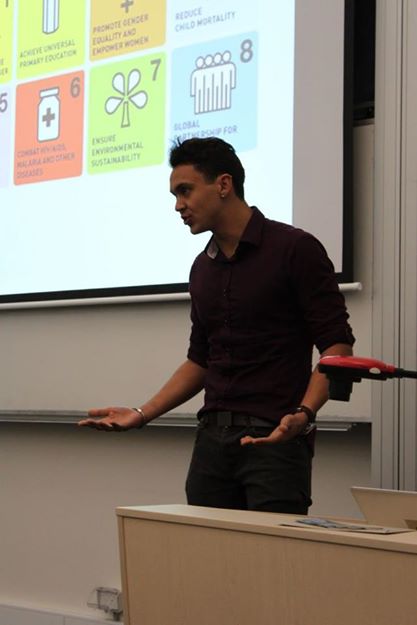
Hassan pitching Concious Step at the Startup Games – Credit Startup Games Bart Jelema
Prashant Mehta, Conscious Step:
Some of the challenges as a social entrepreneur include:
a) Financial Constrains – Most startups do not have a lot of financial backing. This forces you to really work to prioritize how money can be best spent to continue growth, but continually improving the back end of any business.
b) Testing- Getting out of your head and getting feedback on whether your idea is viable, learning the best ways to generate profits and revenues, and understanding the main reason people are interested in your product or service.
c) Networking- Networking is so important and can sometimes even be a bit costly. Meeting people in the same industry or working on similar projects can provide advise or knowledge that can save a lot of time, energy, and resources. More importantly, teams can usually accomplish more than individuals. More importantly the skills of meeting people and presenting can take one far in life.
As for misconceptions, one of the biggest misconceptions among social entrepreneurs is that there social mission will be its primary driver. The truth is your product has to be superior to the rest of the market, offer competitive advantages, and a social mission and presence is the cherry on top. Mission driven companies, whether startups or major corporation are becoming more and more common, and almost now an expectation with increased awareness of the many issues around the world.
4. How would you summarise your success so far?
Brad Lorge, FoodBank Local:
We achieved a 70% efficiency increase for food distribution. We have partnerships with some of the biggest brands in the world as well as the biggest charities.
Prashan Paramanathan, Chuffed:
Since launching Chuffed.org in October 2013, we’ve grown by about 30% every month and will soon have raised over $1 million for over 200 social cause organisations in Australia. The biggest of these campaigns was for a sanctuary for rescued farm animals – Edgar’s Mission – which raised over $162,000 from 1,785 donors in 14 countries, making it the largest Australian social cause campaign to run on any major crowdfunding platform. To support this growth, we have raised $460,000 in seed funding from the Telstra Foundation.
Prashant Mehta, Conscious Step:
Some of the press we’ve received early on includes our Indiegogo Campaign/Commercial , United Nations coverage, exposure during the Business for Good Competition, success in the BFG Pitch, Sydney SEED Fund Competition , Top 50 Social Entrepreneurs in Australia and finally a feature in the Women’s Wear Daily/ Footwear News .
5. So where to from here?
Brad Lorge, FoodBank Local:
We will keep building momentum behind a movement to push technology forward and end hunger.
Prashan Paramanathan, Chuffed:
We believe there is still a very large amount of room for growth in the Australian market, both in the rapidly growing not-for-profit and social enterprise sector, but also for crowdfunding in the school and university sector as well as for personal cause campaigns. We are also likely to expand internationally as broaden our product line to support more tailored online donation products for the social enterprise and not-for-profit sector.
Prashant Metha, Conscious Step:
Conscious Step intends to continue to raise money spread awareness for additional causes, while growing its presence in the U.S and Australian market. We plan to continue to educate people on the causes that are resulting in the most issues around the world, and simple ways they can get more involved and help create more solutions. More importantly, we intend to use organic materials and promote the values in fair-trade working condition to provide our customers with a superior sock experience.
It’s inspiring to work with and be supported by people like Prashan, Brad and Prashant and exciting to know they are in talks about potential collaboration based on a shared desire to foster a really strong social entrepreneur community around the university and within the broader Australian startup and business community.
I tend to think social startups are neither a fad, marketing ploy nor driven by a simple NPO charity goal but are the tip of the iceberg for what will become a normal part of corporate ethics for most successful companies. At some point, those companies that do not include social related considerations – across the supply chain – will fall behind those that do.






